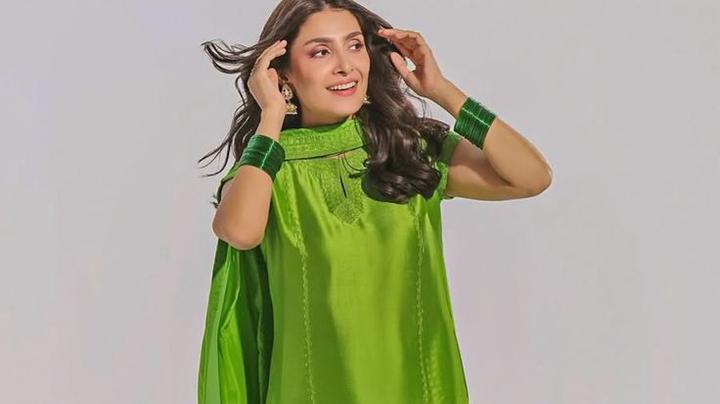Farshi shalwar design is a timeless expression of South Asian heritage, rooted in the opulence of Mughal and Nawabi culture. The word “farshi” is derived from “farsh,” meaning “floor” in Persian, and appropriately so—the garment is designed to trail along the floor in elegant, sweeping folds. Traditionally worn by royal women in the Indian subcontinent, the farshi shalwar is known for its luxurious volume, intricate embellishments, and graceful drape.
A farshi shalwar typically features a heavily flared lower portion that begins from the waist and expands dramatically past the ankles, often extending out several feet on the floor. It is paired with a long kameez (tunic) and a dupatta (scarf), forming a complete ensemble that speaks to grandeur and cultural richness. The design usually includes heavy embroidery, zardozi, gota work, or intricate threadwork—making it ideal for bridal wear, formal events, and traditional ceremonies.
Though steeped in history, the farshi shalwar has evolved to suit modern aesthetics. Designers today experiment with fabrics like chiffon, silk, jamawar, and organza to offer lighter, more wearable variations without losing the essence of its royal charm. Fashion houses in Pakistan and India have revived this classic silhouette, showcasing it on runways and wedding platforms with a modern twist—combining it with structured blouses, asymmetrical tops, or fusion drapes.
In essence, farshi shalwar design bridges the past and present. It stands as a celebration of cultural legacy while embracing contemporary fashion sensibilities, making it a treasured piece in any traditional wardrobe.
